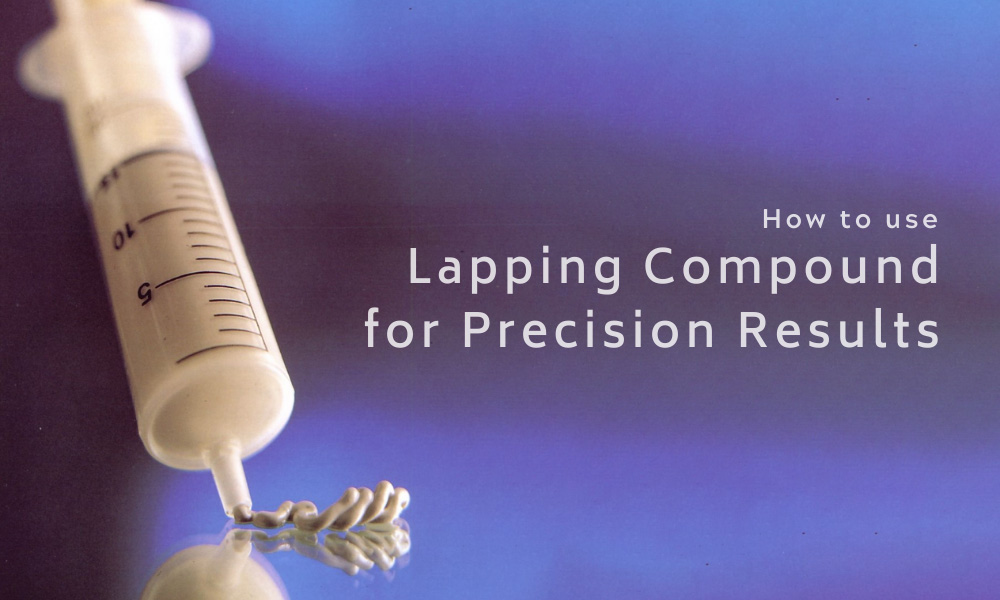How to Use Lapping Compound for Precision Results
24th Oct 2023

To know how to use lapping compound, you must first understand what lapping is. Lapping is a controlled mechanical process of polishing or sanding that utilizes an abrasive compound between two surfaces, usually referred to as plates. The surfaces rub together to produce an accurate finish on a specific part. Lapping can be one- or two-sided, depending on the application for the part and material. A lapping machine’s plates rotate in a pattern similar to the teacup ride found at amusement parks. They spin and rotate in a constant pattern—the top plate going in one direction and the bottom going the other.
Simply put, lapping is polishing a hard surface to a super smooth, almost mirror finish. Other finishing methods cannot produce the highly polished part ends, flatness, and thickness tolerances that lapping can.
An Overview of Lapping Compound
To achieve such a high finish, you must use the right abrasive (or slurry) between the plates. The slurry is a precision film layer that prevents the workpiece from coming into direct contact with the plate. Through the plate rotation, the loose, rolling slurry particles transfer cutting energy by penetrating the material surface and removing microscopic chips of material. A diamond compound makes the best slurry because diamond is the strongest and hardest material on earth. As such, it can produce the desired close tolerances and precision finish. Lapping compound can also come from aluminum oxide and silicon carbide, but they are not as efficient as the diamond version.
The Proper Method
Manufacturers usually apply lapping compound directly to the plates of the lapping machine. In most cases, a little bit of compound goes a long way. Similar to sanding wood or any other smoothing process, you want to start with a coarser grit and gradually work to a finer grit later in the process. It is important to clean off the coarse grit compound completely before using a finer one. If allowed to mix, the larger grit will continue to remove material, rendering the fine grit useless.
Cleanliness is one of the most important factors in precision lapping. Keeping a clean work area and tools will prevent damaging the workpiece and having to start over. Cleaning lapping compound can be frustrating due to the combination of oil, water, grit, and material removed. Therefore, make sure you’re done with that grit size before moving on.

